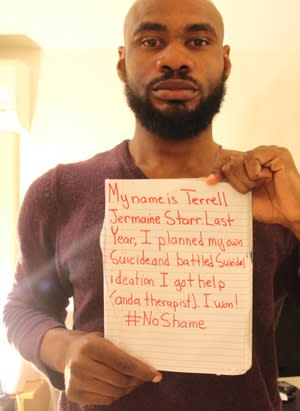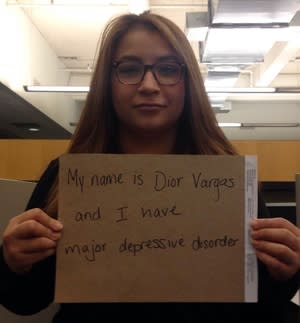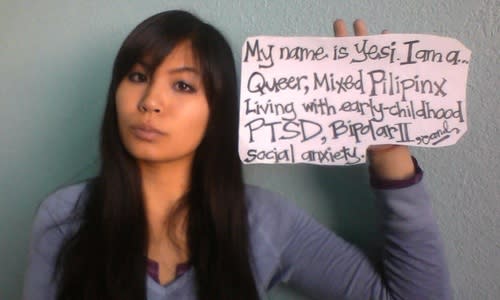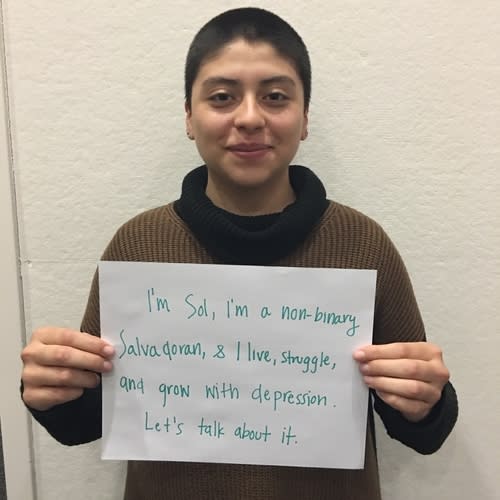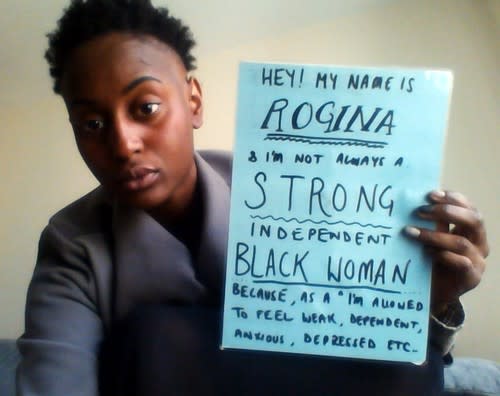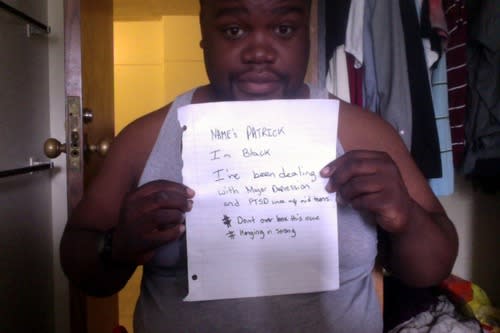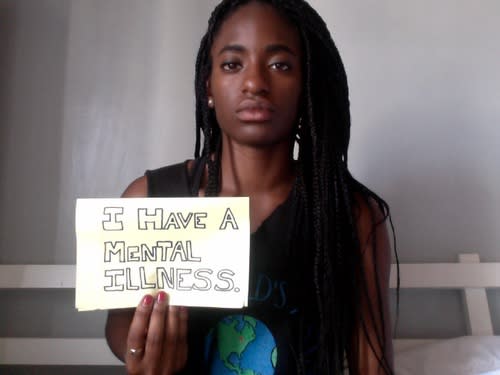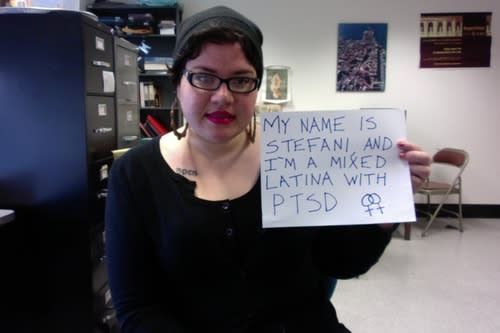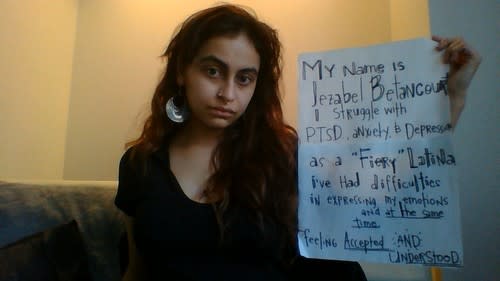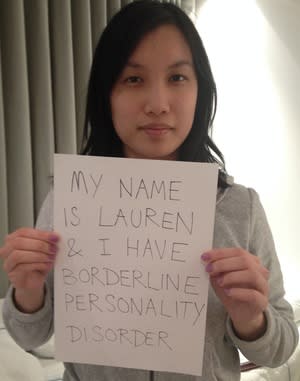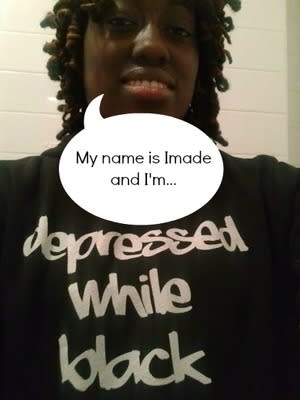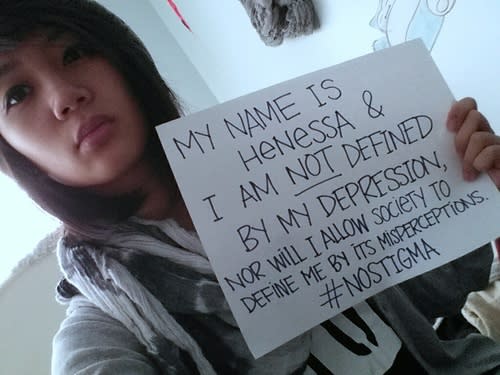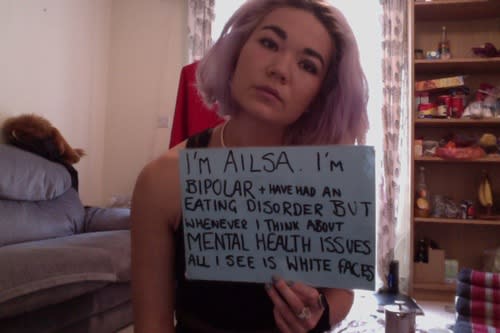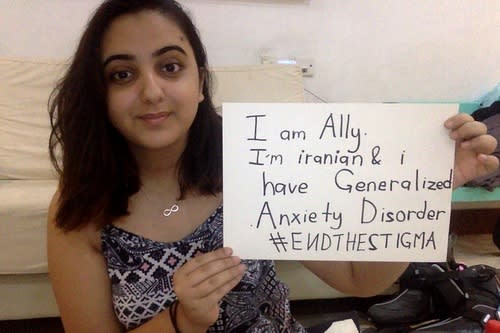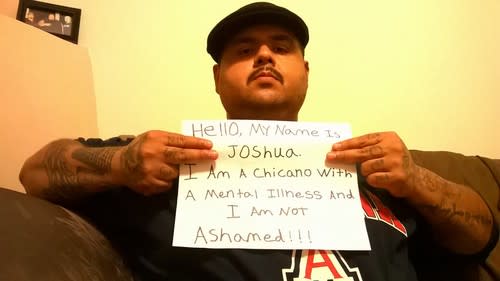This queer Latina activist is building a community for people of color battling mental illness
Queer Latina feminist and mental health activist Dior Vargas is creating a space for people of color to discuss, and validate, issues of mental health.
“We need to talk about mental health more often, we should normalize it,” Vargas tells Yahoo Lifestyle. “Being a person of color going and through [mental health issues] is a heavy situation, and you won’t always get the help that you need because of societal factors. It’s important to reach out to other people and find a sense of community.”
To practice what she preaches, Vargas developed the People of Color and Mental Illness photo project in 2014 and has since been collecting photo submissions from people of color, all of whom follow a specific prompt: Hold a sign that features their name and their mental illness. Mental health “is not something to be ashamed about,” she says. “We need to confront and end the stigma.”
While nearly half of all Americans will develop some form of mental illness in their lifetime, minorities are more likely to go untreated, according to the National Institute of Mental Health. Salud America!, a national Latino-focused organization, recently released a study that found 15 percent of Latina high school students have attempted suicide and 25 percent have considered it. The biggest problem facing Latinas is the stigma of seeking professional treatment. Only one in 11 Latinos ever seeks treatment for mental health issues.
Vargas, 30, is currently a student at New York University working toward a master’s of public health. She is of Ecuadorian, Puerto Rican, and Italian descent, and between the ages of 10 and 18, she experienced suicidal ideation and multiple suicide attempts. She’s had major depressive disorder and anxiety for most, if not all, of her life, and because of the stigma surrounding mental health issues in her family and community, she felt isolated and misunderstood.
“I wanted to advocate for myself and also for others so they wouldn’t have to go through things I’d been through,” Vargas says about her photo project.
“Upon researching the topic of mental health and mental illness on the internet, I noticed that the images that were in the search results were extremely homogeneous — black-and-white images of white people, specifically white women,” she says. “I felt that it was doing a disservice to the people of color who experience mental health conditions because they don’t see themselves represented. I wanted to create a space for people of color to share their stories.”
